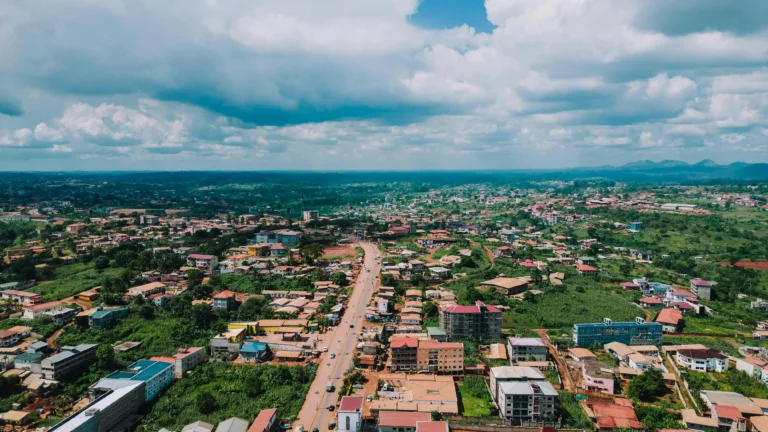The youngest countries in the world are those that have gained independence or been established as sovereign states most recently. Here is a list of the top 10 youngest countries in the world:
1.South Sudan
2.Kosovo
3.Serbia
4.Montenegro
5.Timor-Leste
6.Palau
7.Eritrea
8.Slovakia
9.Czech Republic
10.Bosnia and Herzegovina
1.South Sudan
South Sudan is currently recognized as the youngest country in the world. It became an independent nation on July 9, 2011, following a referendum in which the vast majority of South Sudanese voters chose independence from Sudan.
Independence: South Sudan gained its independence after decades of conflict with the northern part of Sudan. The Comprehensive Peace Agreement (CPA) signed in 2005 paved the way for the 2011 referendum.
Geography: South Sudan is located in East-Central Africa and is landlocked. It is bordered by Sudan to the north, Ethiopia to the east, Kenya to the southeast, Uganda to the south, the Democratic Republic of the Congo to the southwest, and the Central African Republic to the west.
Capital and Major Cities: The capital of South Sudan is Juba. Other major cities include Malakal, Wau, and Bentiu.
Population and Ethnic Groups: South Sudan has a diverse population with numerous ethnic groups, including the Dinka, Nuer, Shilluk, and many others. Each ethnic group has its own language and cultural traditions.
Economy: The economy of South Sudan is largely based on oil production, which accounts for the majority of its revenues. However, the country also has significant agricultural potential and natural resources.
Challenges: Since gaining independence, South Sudan has faced numerous challenges, including political instability, ethnic violence, and economic difficulties. A civil war broke out in December 2013, leading to widespread displacement and humanitarian crises. Efforts for peace and reconstruction are ongoing.
Culture and Society: South Sudanese culture is rich and diverse, with traditional music, dance, and art playing important roles in daily life. The country is also known for its vibrant oral traditions and storytelling.
International Relations: South Sudan is a member of the United Nations, the African Union, and other international organizations. It has received international support for peacebuilding and development efforts.
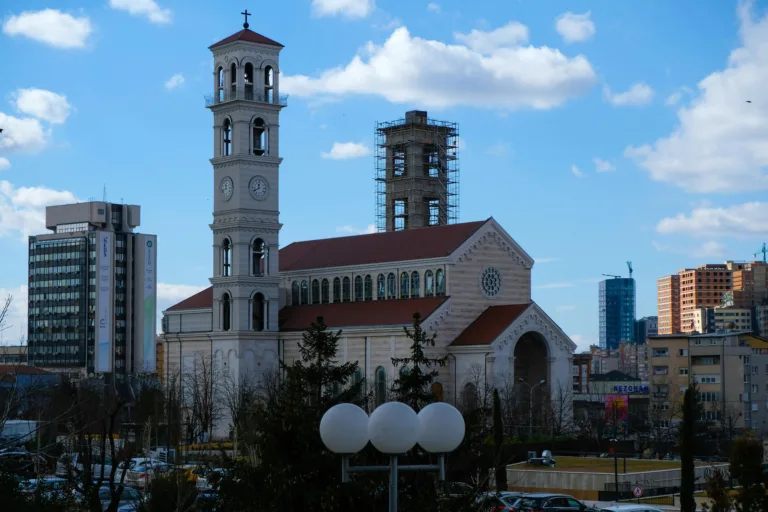
2.Kosovo
Kosovo is one of the youngest countries in the world. It declared independence from Serbia on February 17, 2008.
Independence: Kosovo declared its independence in 2008 after years of conflict and negotiations. The move followed a period of administration by the United Nations, which had been in place since the Kosovo War in the late 1990s.
Geography: Kosovo is located in the Balkan Peninsula in Southeast Europe. It is landlocked and bordered by Serbia to the north and east, Montenegro to the west, Albania to the southwest, and North Macedonia to the south.
Capital and Major Cities: The capital and largest city of Kosovo is Pristina. Other significant cities include Prizren, Peja, and Mitrovica.
Population and Ethnic Groups: Kosovo has a diverse population, with ethnic Albanians making up the majority. There are also significant communities of Serbs, Bosniaks, Gorani, Turks, and Roma.
Economy: Kosovo’s economy is characterized by a growing private sector, but it still faces challenges such as high unemployment and a large informal economy. Key industries include mining, agriculture, and services. Remittances from the diaspora also play a crucial role in the economy.
Challenges: Kosovo faces ongoing challenges related to political stability, economic development, and international recognition. While many countries recognize Kosovo’s independence, others, including Serbia and several other nations, do not.
International Recognition: As of now, over 100 countries, including the United States and a majority of European Union members, recognize Kosovo as an independent state. However, it is not a member of the United Nations due to opposition from countries like Russia and China, which have veto power in the UN Security Council.
Culture and Society: Kosovo has a rich cultural heritage influenced by its diverse population. The country celebrates a variety of traditions, music, dance, and cuisine, reflecting its multi ethnic society.
European Integration: Kosovo aspires to join the European Union and other international organizations. The country has been making efforts to meet the criteria required for EU integration and to strengthen its democratic institutions.
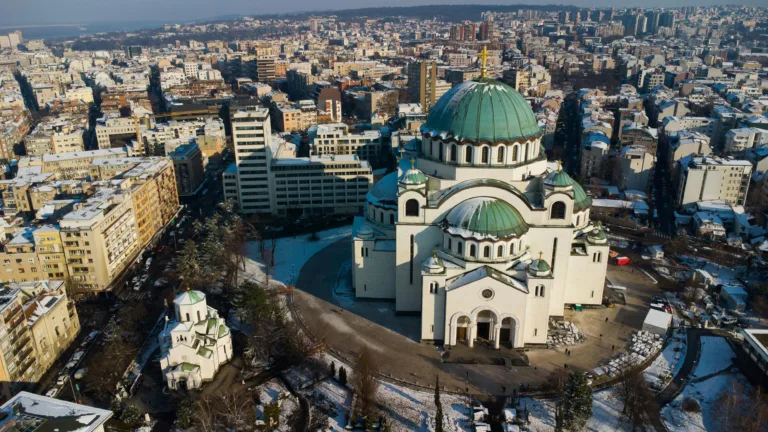
3.Serbia
Serbia is one of the younger countries in the world due to its relatively recent establishment as an independent sovereign state following the dissolution of the State Union of Serbia and Montenegro in 2006.
Recent Independence: Serbia became an independent country on June 5, 2006, following Montenegro’s vote for independence on June 3, 2006, which dissolved the State Union of Serbia and Montenegro.
Historical Context: Serbia has a long and complex history. It was part of various states and empires, including the Ottoman Empire and the Austro-Hungarian Empire. In the 20th century, it was a significant part of Yugoslavia, which broke apart in the 1990s.
Geography: Serbia is located in Southeast Europe, in the central and western part of the Balkan Peninsula. It is landlocked and bordered by Hungary to the north, Romania to the northeast, Bulgaria to the southeast, North Macedonia to the south, Croatia and Bosnia and Herzegovina to the west, and Montenegro to the southwest.
Capital and Major Cities: The capital and largest city of Serbia is Belgrade, which is one of the oldest and largest cities in Southeast Europe. Other major cities include Novi Sad, Niš, and Kragujevac.
Population and Ethnic Groups: Serbia has a diverse population primarily composed of ethnic Serbs. There are also minorities including Hungarians, Bosniaks, Roma, and others.
Economy: Serbia’s economy is classified as an upper middle income economy. It has a diverse economy with key sectors including agriculture, manufacturing, mining, and services. The country has been working towards economic reform and attracting foreign investment.
European Integration: Serbia is a candidate for membership in the European Union and has been engaged in accession negotiations since 2014. The country aims to meet the necessary political, economic, and legislative standards to join the EU.
Culture and Society: Serbia has a rich cultural heritage, with influences from Eastern and Western traditions. It is known for its contributions to music, literature, art, and sports. Serbian cuisine, festivals, and historical landmarks also play a significant role in its cultural identity.
Political Structure: Serbia is a parliamentary republic. The President is the head of state, while the Prime Minister is the head of government. The country has a multi party political system.
Challenges and Opportunities: Serbia faces challenges including regional political tensions, economic reforms, and the ongoing issue of its relationship with Kosovo, which declared independence in 2008 but is not recognized by Serbia.
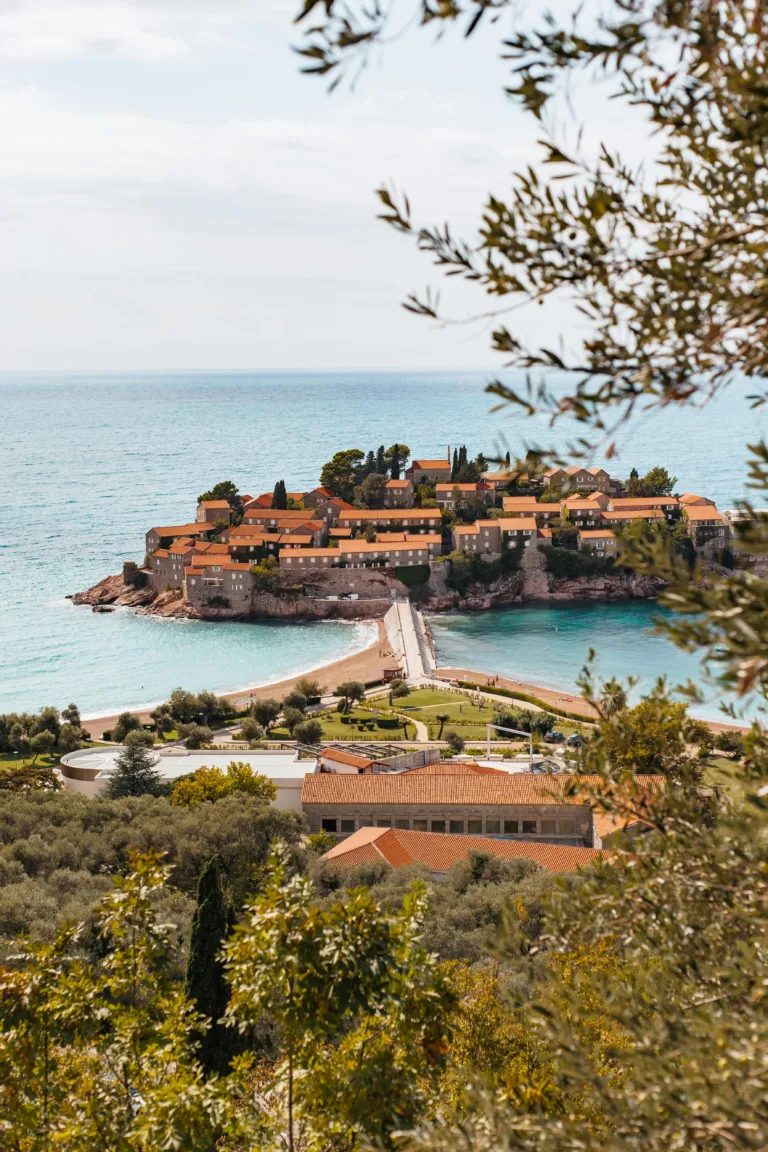
4.Montenegro
Montenegro is one of the youngest countries in the world.
Independence: Montenegro gained its independence on June 3, 2006, following a referendum held on May 21, 2006, in which the majority of Montenegrin voters chose to separate from the State Union of Serbia and Montenegro.
Historical Context: Montenegro has a rich history and was recognized as an independent state in the 19th century before becoming part of Yugoslavia after World War I. It was later part of the State Union of Serbia and Montenegro after the breakup of Yugoslavia in the 1990s.
Geography: Montenegro is located in Southeastern Europe on the Adriatic Sea. It shares borders with Croatia, Bosnia and Herzegovina, Serbia, Kosovo, and Albania. The country is known for its stunning landscapes, including rugged mountains, medieval villages, and a narrow strip of beaches along its Adriatic coastline.
Capital and Major Cities: The capital city of Montenegro is Podgorica. Another important city is Cetinje, which holds historical significance and serves as the Old Royal Capital.
Population and Ethnic Groups: Montenegro has a diverse population with ethnic Montenegrins making up the majority. There are also significant populations of Serbs, Bosniaks, Albanians, and Croats.
Economy: Montenegro’s economy is classified as an upper middle income economy. Tourism is a major sector, with the country’s scenic coastline and historic towns attracting visitors. Other important sectors include agriculture, energy, and manufacturing. Montenegro has been working to diversify its economy and attract foreign investment.
European Integration: Montenegro is a candidate for European Union membership and has been in accession negotiations since 2012. The country has been making progress in aligning its laws and regulations with EU standards.
Culture and Society: Montenegro has a rich cultural heritage influenced by various civilizations over centuries. The country is known for its traditional music, dance, and festivals. It has numerous historical sites, including ancient monasteries, churches, and fortresses.
Political Structure: Montenegro is a parliamentary republic. The President is the head of state, while the Prime Minister is the head of government. The country has a multi party political system.
Challenges and Opportunities: Montenegro faces challenges such as economic development, political stability, and environmental protection. However, it also has significant opportunities in tourism, renewable energy, and regional cooperation.
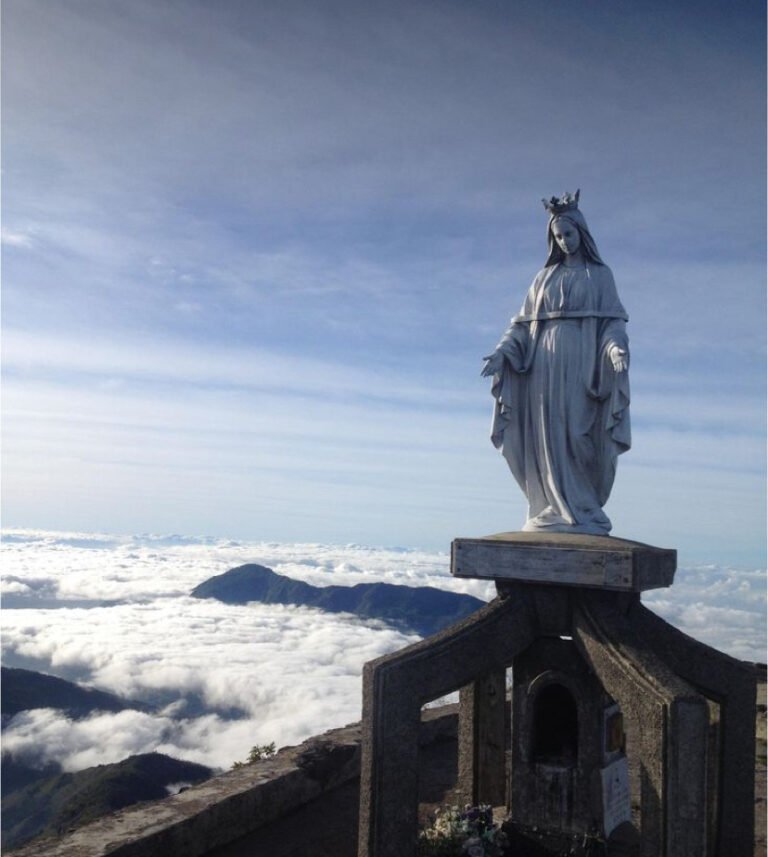
5.Timor-Leste
Timor-Leste, also known as East Timor, is one of the youngest countries in the world.
Independence: Timor-Leste gained independence on May 20, 2002. This followed a long and tumultuous history, including a brutal occupation by Indonesia that began in 1975. Independence was achieved after a United Nations sponsored referendum in 1999, in which the majority of Timorese voted for independence from Indonesia, leading to a transition period overseen by the UN.
Historical Context: Prior to Indonesian occupation, Timor-Leste was a Portuguese colony for several centuries. The struggle for independence from Indonesia involved significant violence and human rights abuses, but ultimately led to the establishment of a sovereign state in the early 21st century.
Geography: Timor-Leste is located in Southeast Asia, occupying the eastern half of the island of Timor, the nearby islands of Atauro and Jaco, and the enclave of Oecusse in the western part of the island, which is otherwise part of Indonesian West Timor. The country has a tropical climate and diverse landscapes, including mountains, rainforests, and beaches.
Capital and Major Cities: The capital city of Timor-Leste is Dili. Other significant towns include Baucau, the second largest city, and Suai.
Population and Ethnic Groups: The population of Timor-Leste is predominantly ethnic Timorese, with a mix of Papuan, Austronesian, and Portuguese ancestry. The official languages are Tetum and Portuguese, but Indonesian and English are also widely spoken.
Economy: Timor-Leste’s economy is largely based on agriculture, with coffee being a major export. The country also has significant oil and gas reserves, which contribute to its revenue. However, Timor-Leste faces challenges such as poverty, unemployment, and the need to diversify its economy beyond oil and gas.
Governance and Political Structure: Timor-Leste is a democratic republic with a semi-presidential system. The President is the head of state, while the Prime Minister is the head of government. The country has made significant strides in building its democratic institutions since gaining independence.
Culture and Society: Timor-Leste has a rich cultural heritage influenced by its indigenous traditions, Portuguese colonial history, and Indonesian occupation. Traditional music, dance, and crafts are important aspects of Timorese culture. The country also celebrates a variety of festivals and ceremonies.
International Relations: Timor-Leste is a member of the United Nations, the Community of Portuguese Language Countries (CPLP), and the Association of Southeast Asian Nations (ASEAN), where it is currently seeking full membership. The country has received substantial international aid and support for its development and nation building efforts.
Challenges and Opportunities: Timor-Leste faces several challenges, including economic diversification, infrastructure development, education, and healthcare. However, it also has opportunities in areas such as tourism, agriculture, and sustainable development.
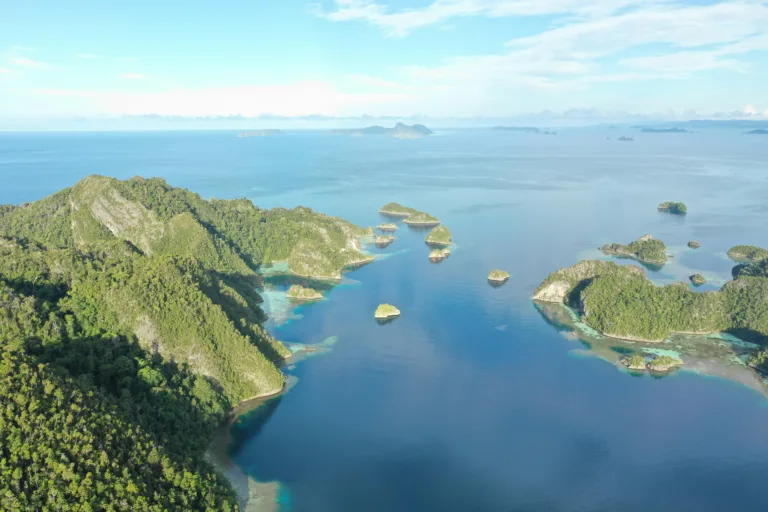
6.Palau
Palau is one of the youngest countries in the world.
Independence: Palau gained independence on October 1, 1994, making it one of the youngest sovereign states. Before gaining full independence, Palau was a part of the United Nations Trust Territory of the Pacific Islands, administered by the United States.
Compact of Free Association: Upon gaining independence, Palau entered into a Compact of Free Association with the United States. This agreement provides Palau with financial assistance and allows its citizens to live and work in the United States in exchange for U.S. military access to the islands.
Geography: Palau is an archipelago consisting of over 500 islands located in the western Pacific Ocean. It is part of the larger island group of Micronesia. The most populous island is Koror, and the capital, Ngerulmud, is located on the island of Babeldaob.
Population and Ethnic Groups: Palau has a small population, with the majority being ethnic Palauans, who are of mixed Micronesian, Melanesian, and Austronesian descent. There are also communities of Filipinos, Chinese, and other ethnicities.
Economy: Palau’s economy is primarily based on tourism, which capitalizes on the islands’ natural beauty, coral reefs, and marine biodiversity. Other important sectors include agriculture and fishing. The country also benefits from financial assistance under the Compact of Free Association with the United States.
Culture and Society: Palauan culture is rich and diverse, with a strong emphasis on family and community. Traditional practices, music, dance, and crafts are integral to Palauan life. The official languages are Palauan and English, with Japanese, Sonsorolese, and Tobian also spoken.
Political Structure: Palau is a democratic republic with a presidential system. The President of Palau is both the head of state and the head of government. The country has a bicameral legislature, consisting of the Senate and the House of Delegates.
Environmental Conservation: Palau is renowned for its commitment to environmental conservation. It has established marine sanctuaries and protected areas to preserve its unique marine ecosystems. The country has also taken a leading role in international environmental initiatives.
International Relations: Palau is a member of the United Nations, the Pacific Islands Forum, and other international organizations. The country maintains close ties with the United States, Japan, and other countries in the region.
Challenges and Opportunities: Palau faces challenges such as climate change, which threatens its low lying islands, and the need for economic diversification. However, it also has significant opportunities in sustainable tourism, environmental conservation, and regional cooperation.

7.Eritrea
Eritrea is one of the youngest countries in the world.
Independence: Eritrea gained its independence from Ethiopia on May 24, 1993. This followed a long and protracted struggle for independence, which lasted for about 30 years. A referendum held in April 1993 saw an overwhelming majority of Eritreans vote for independence.
Historical Context: Eritrea was an Italian colony from the late 19th century until World War II, after which it was administered by the British. In 1952, Eritrea was federated with Ethiopia, but in 1962, Ethiopia annexed Eritrea, leading to the protracted war for independence.
Geography: Eritrea is located in the Horn of Africa, bordered by Sudan to the west, Ethiopia to the south, and Djibouti to the southeast. It has a coastline along the Red Sea to the east. The country’s diverse landscape includes highlands, deserts, and a coastline with significant marine biodiversity.
Capital and Major Cities: The capital city of Eritrea is Asmara, known for its well preserved colonial Italian architecture. Other significant cities include Massawa, Keren, and Assab.
Population and Ethnic Groups: Eritrea has a diverse population with several ethnic groups, including Tigrinya, Tigre, Saho, Afar, Bilen, Kunama, and others. The official languages are Tigrinya, Arabic, and English, with several other local languages spoken throughout the country.
Economy: Eritrea’s economy is largely based on agriculture, which employs the majority of the population. The country also has significant mining activities, particularly gold and copper. Eritrea’s economic development has been hampered by the prolonged conflict and international sanctions.
Governance and Political Structure: Eritrea is a one party state, with the People’s Front for Democracy and Justice (PFDJ) being the only legal political party. Isaias Afwerki has been the President of Eritrea since its independence in 1993. The country has not held national elections since independence.
Culture and Society: Eritrea has a rich cultural heritage influenced by various ethnic traditions. The country celebrates diverse cultural expressions through music, dance, festivals, and cuisine. Eritrean society places a strong emphasis on community and familial ties.
International Relations: Eritrea has had strained relations with many neighboring countries, particularly Ethiopia. However, a peace agreement signed with Ethiopia in 2018 marked a significant step towards regional stability. Eritrea is a member of the United Nations, the African Union, and other international organizations.
Challenges and Opportunities: Eritrea faces significant challenges, including political repression, economic underdevelopment, and human rights concerns. However, the country has opportunities in sectors like mining, agriculture, and potential tourism, if political and economic reforms are undertaken.
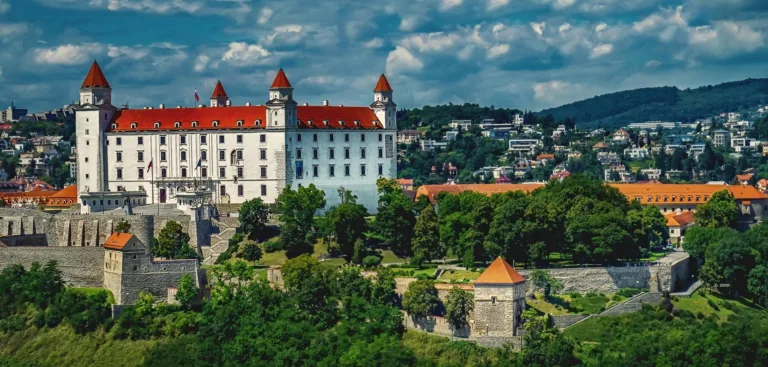
8.Slovakia
Slovakia is one of the youngest countries in the world.
Independence: Slovakia became an independent country on January 1, 1993, following the peaceful dissolution of Czechoslovakia, an event commonly referred to as the “Velvet Divorce.”
Historical Context: Slovakia has a rich history, having been part of the Austro-Hungarian Empire before becoming part of Czechoslovakia in 1918 after World War I. Czechoslovakia split into two independent countries, the Czech Republic and Slovakia, at the end of 1992.
Geography: Slovakia is a landlocked country located in Central Europe. It is bordered by the Czech Republic to the northwest, Austria to the southwest, Hungary to the south, Ukraine to the east, and Poland to the north. The country is known for its mountainous terrain, particularly the Carpathian Mountains and the Tatras.
Capital and Major Cities: The capital city of Slovakia is Bratislava, which is located along the Danube River near the borders with Austria and Hungary. Other significant cities include Košice, Prešov, and Žilina.
Population and Ethnic Groups: Slovakia has a population primarily composed of ethnic Slovaks. There are also minorities of Hungarians, Roma, Czechs, Rusyns, and others. The official language is Slovak.
Economy: Slovakia has a developed economy and is considered a high income country. It has a diverse industrial base, with key sectors including automotive, electronics, and machinery. Slovakia is also a member of the European Union and uses the euro as its currency.
European Integration: Slovakia is a member of the European Union, the Eurozone, the Schengen Area, NATO, and the OECD. It has integrated into European economic and political structures since its independence.
Culture and Society: Slovakia has a rich cultural heritage with influences from various Central European traditions. The country is known for its folklore, music, dance, literature, and cuisine. Slovak culture celebrates a variety of festivals and traditions throughout the year.
Political Structure: Slovakia is a parliamentary republic. The President is the head of state, while the Prime Minister is the head of government. The country has a multi party political system and holds regular democratic elections.
Challenges and Opportunities: Slovakia faces challenges such as regional disparities, demographic changes, and the need for ongoing economic reforms. However, it also has significant opportunities in areas such as tourism, technology, and sustainable development.
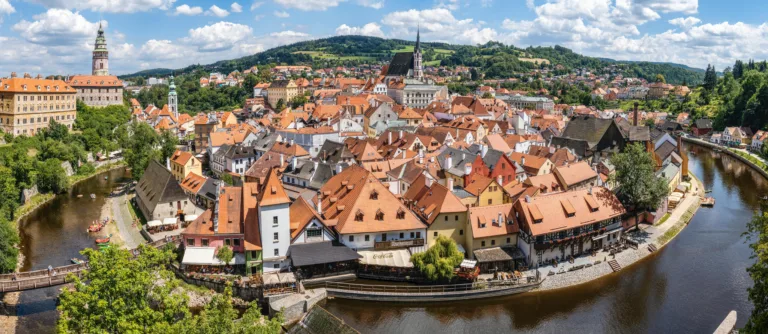
9.Czech Republic
Czech Republic is one of the younger countries in the world, having gained its current form after the peaceful dissolution of Czechoslovakia in 1993.
Independence: The Czech Republic became an independent nation on January 1, 1993, following the dissolution of Czechoslovakia into two separate states: the Czech Republic and Slovakia. This event is often referred to as the “Velvet Divorce.”
Historical Context: Before its current form, the Czech lands (Bohemia, Moravia, and parts of Silesia) were part of the Austro-Hungarian Empire. After World War I, these lands joined with Slovakia and Subcarpathian Ruthenia to form Czechoslovakia in 1918. Czechoslovakia existed until its peaceful split in 1993.
Geography: The Czech Republic is a landlocked country in Central Europe, bordered by Germany to the west, Austria to the south, Slovakia to the east, and Poland to the northeast. The country features a varied landscape, including mountains, hills, and river basins.
Capital and Major Cities: The capital and largest city of the Czech Republic is Prague, known for its historic architecture, vibrant culture, and significant tourist attractions. Other important cities include Brno, Ostrava, and Plzeň.
Population and Ethnic Groups: The Czech Republic has a predominantly ethnic Czech population. There are also minorities, including Slovaks, Roma, Poles, Germans, and others. The official language is Czech.
Economy: The Czech Republic has a developed, high income economy, with key sectors including automotive, engineering, electronics, information technology, and tourism. The country is known for its strong industrial base and skilled workforce.
European Integration: The Czech Republic is a member of the European Union, NATO, the OECD, and the Schengen Area. It joined the EU in 2004 and has integrated into European economic and political structures, although it continues to use the Czech koruna (CZK) as its currency instead of the euro.
Culture and Society: The Czech Republic has a rich cultural heritage, influenced by its history as a center of the Bohemian kingdom and its position in Central Europe. The country is known for its contributions to literature, music, art, and architecture. Traditional Czech cuisine, festivals, and folklore are important aspects of its cultural identity.
Political Structure: The Czech Republic is a parliamentary republic. The President is the head of state, while the Prime Minister is the head of government. The country has a multi party political system and holds regular democratic elections.
Challenges and Opportunities: The Czech Republic faces challenges such as regional economic disparities, demographic changes, and environmental sustainability. However, it also has opportunities in technology, innovation, education, and tourism.
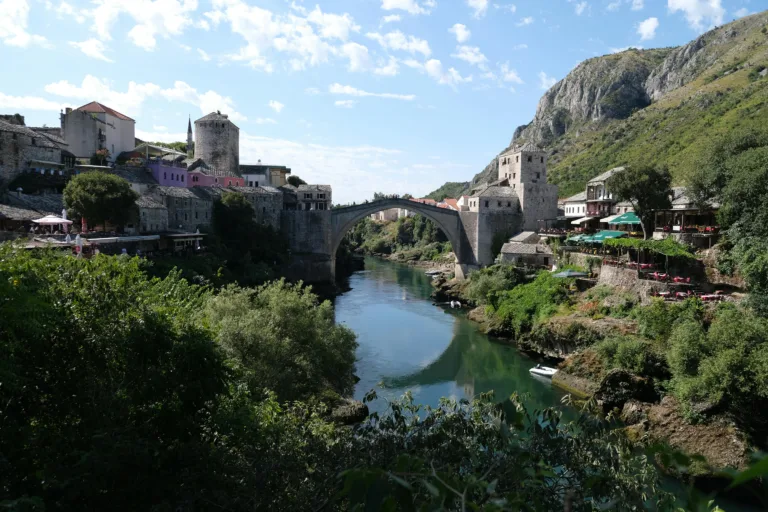
10.Bosnia and Herzegovina
Bosnia and Herzegovina is one of the youngest countries in the world.
Independence: Bosnia and Herzegovina declared independence from Yugoslavia on March 3, 1992. This declaration followed a referendum held in February 1992, in which the majority of Bosnian voters supported independence.
Historical Context: Bosnia and Herzegovina was part of Yugoslavia before its dissolution in the early 1990s. The breakup of Yugoslavia was marked by ethnic tensions and conflicts, including the Bosnian War (1992-1995), which resulted in significant loss of life and displacement of populations.
Geography: Bosnia and Herzegovina is located in Southeastern Europe on the Balkan Peninsula. It is bordered by Croatia to the north, west, and southwest, Serbia to the east, and Montenegro to the southeast. The country has diverse landscapes, including mountains, rivers, and forests.
Capital and Major Cities: The capital city of Bosnia and Herzegovina is Sarajevo, which is known for its multicultural heritage and historical significance. Other major cities include Banja Luka, Mostar, and Tuzla.
Population and Ethnic Groups: Bosnia and Herzegovina has a diverse population composed of three main ethnic groups: Bosniaks (Bosnian Muslims), Serbs, and Croats. Each group has its own cultural and religious traditions. There are also smaller minority groups, including Roma and others.
Political Structure: Bosnia and Herzegovina is a complex political entity with a decentralized system of government. It consists of two entities: the Federation of Bosnia and Herzegovina, predominantly inhabited by Bosniaks and Croats, and the Republika Srpska, predominantly inhabited by Serbs. Additionally, the Brčko District is a self-governing administrative unit.
Economy: Bosnia and Herzegovina has a transitional economy, with sectors including agriculture, industry, and services. The country faces challenges such as high unemployment, corruption, and insufficient infrastructure. Efforts are being made to attract foreign investment and promote economic development.
European Integration: Bosnia and Herzegovina has expressed aspirations to join the European Union (EU) and has signed a Stabilization and Association Agreement (SAA) with the EU. However, progress towards EU membership has been slow, partly due to political challenges and the need for reforms.
Culture and Society: Bosnia and Herzegovina has a rich cultural heritage shaped by its diverse ethnic and religious communities. The country celebrates a variety of cultural festivals, music, dance, and cuisine. Sarajevo, in particular, is known for its multiculturalism and tolerance.
Challenges and Opportunities: Bosnia and Herzegovina faces ongoing challenges related to post-war reconciliation, political stability, economic development, and European integration. However, it also has opportunities to build a more prosperous and inclusive society through dialogue, cooperation, and reforms.

